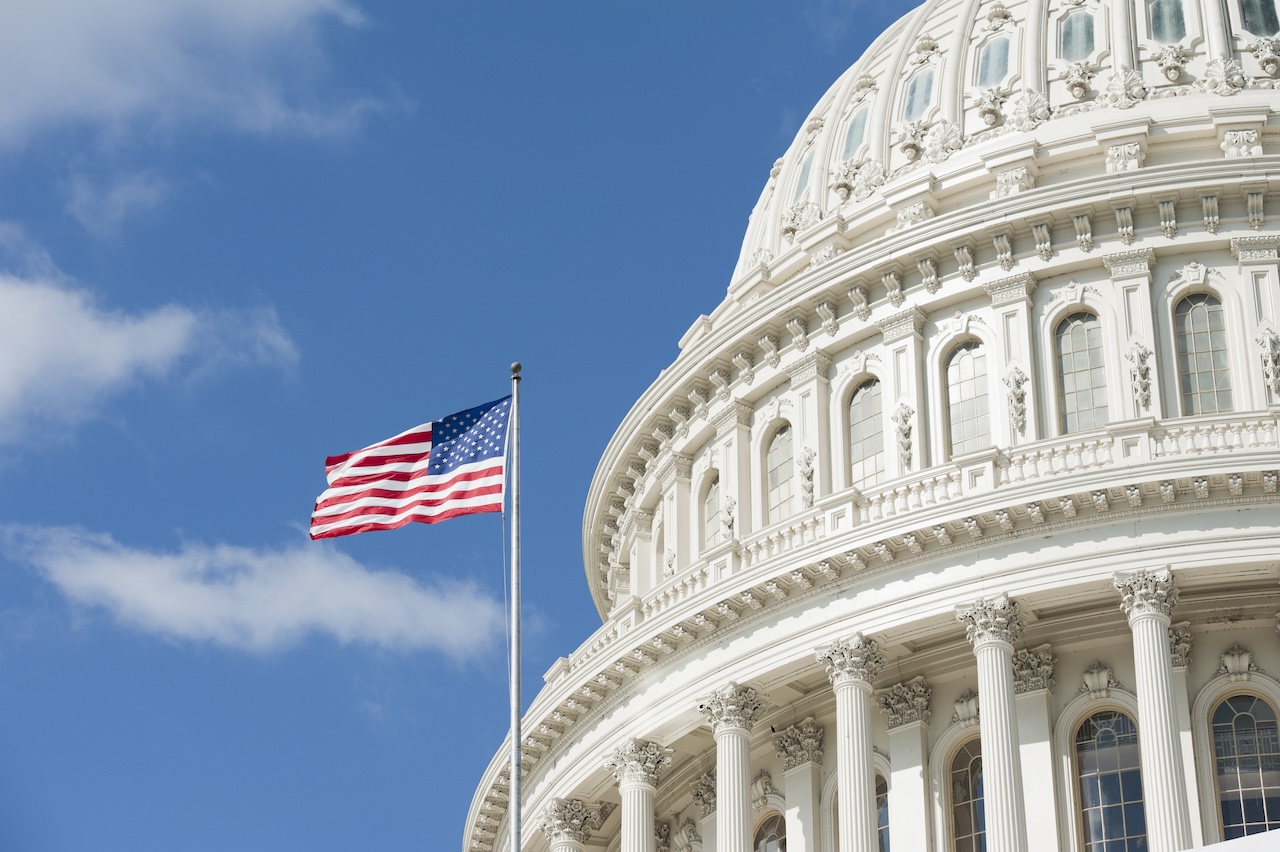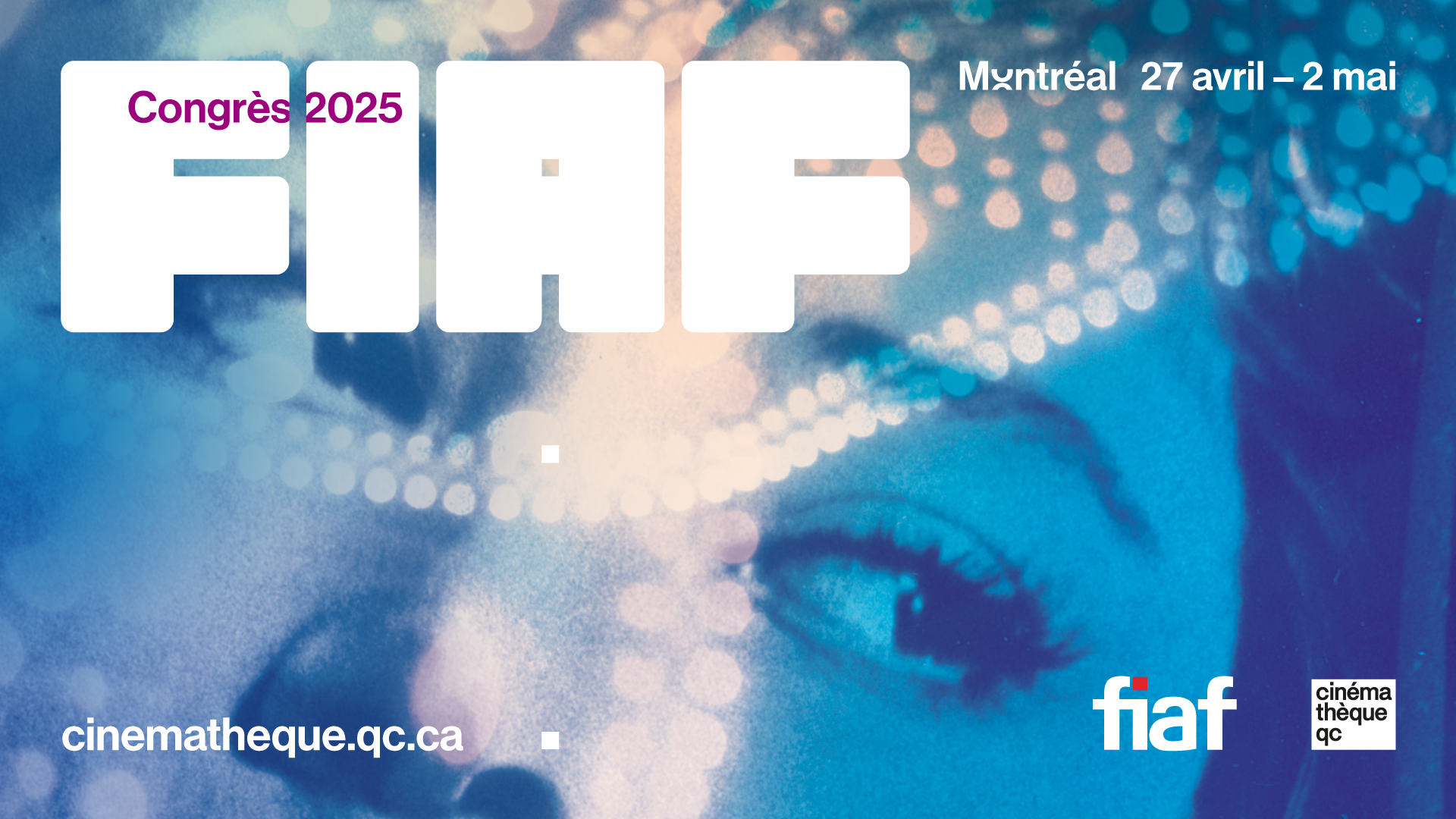Your guide for now
Content development is often a time consuming endeavor for museums. After all, the careful, deliberate work of museum staff is what helps make museums trusted authorities. But what happens if you need to rapidly spin up a digital experience and don’t have the requisite months to craft, redraft, edit and approve every paragraph, image, or video?
As museums face closures and cancelled programming as a result of COVID-19, engaging with audiences digitally is not just important, it’s essential. For institutions large and small, here are some strategies you can employ to get that content ready quickly!
Some helpful keywords for searching this page (CTRL+F): Public Domain, YouTube, Collections, Decision Making, Style Guide, Online Engagement, Informal, Design
Where do I find content?
Use Your Existing Digital Assets
- Your collections online, your public facing searchable collections are a ready-made resource of images and information that have been approved for use. If you have remote access to your entire DAMS or Collections Management System, leverage any other cleared assets and information stored there.
- Your institution’s past social media posts, blog posts, and website content. They can be revived as-is or refreshed for now!
- Your YouTube channel including guest lectures, in-house events, interviews, or any other videos that may help to bring your collection or programming to life.
- Existing in-gallery interactives or mobile or audio tours.
Use Digital Assets Created by Other Institutions
- Your museum peers have created extraordinary digital resources over the years. Seek out videos on YouTube with engaging content and expertise (providing credit, of course).
- Many museums have digitized their full collections, including works in the public domain. Explore how you can make use of these assets in your own online stories to enhance your audience’s experience.
- Make sure to include libraries, archives, and universities in your search for engaging image, audio, and video content.
- Explore additional resources shared by the Museum Computer Network here.
Use Assets in the Public Domain
- In addition to our recommendations below, check out the Harvard Law School Library’s guide to understanding public domain and creative commons and resources for finding what you need.
- Google search is a great resource. Use the Image search and apply the desired usage rights, image size, image color, or any other search parameters in the top menu to filter through millions of images.
- Search Creative Commons and Wikimedia Commons for cleared media.
- Search Flickr Commons. It always impresses our team with a diversity of high quality images. Talented amateur photographers make their images available as well as state and federal organizations. This is a great resource especially if you need to find images that are location or content specific.
Beyond content assets, what’s the “rapid” process?
Triage Decision Making
- Get leadership involved at key points for rapid decision-making and approvals. We recommend at most at the beginning with the concept for your initiative, then sign-off right before build, then sign-off right before launch.
- Remember to optimize the decision-making process for the most crucial voices (the ‘must’ have vs. the ‘should’ have voices).
- Make everyone fully aware of the tight timeline, so rather than say “your input is not essential” to eliminate stakeholder input or approvals, encourage self regulation (is what I’m interjecting going to make a material difference in the outcome? I’ll make myself available to my colleagues and trust they’ll call on me when I’m needed most).
- Create a pre-approved list of colors & fonts (typically, your museum’s “style guide” or “brand guidelines”) as well as pre-approved media assets. The more that can be pre-approved in bulk, the faster your team can get to work and get creative within known parameters.
- Always make use of existing content first to minimize rights & reproductions or a prolonged approval process.
Set a Crisp, Clear Timeline
- Set milestone deadlines for each step in the process. This will help your team plan their approach to projects, the feasibility of each task, and the real priorities.
- Always leave time in the schedule for a final review and polish round.
- Remember that you can always tweak later. It’s better to get the project up and in use so you can start collecting feedback. You can always put a disclaimer for users, if needed to feel more comfortable with this approach.
Adapt Analog Experiences For Online Engagement
- Focus on repurposing analog experiences and materials so that your team is starting with known programs and outcomes.
- Help your audience recreate the museum inside their home. Share materials, activity instructions, and tips and tricks to empower adults and kids to work through an activity on their own.
Our Guide for Bringing Education & Public Programs Online Right Now
- Communication can be two-way: host a webinar or group workshop so that your team can connect with many people at once and your audience can ask questions and share opinions in real time. Turn on voting and chat features so participants can connect with each other as well as your team.
- Move your private member events to the web. Used to hosting a curator talk with wine? Email members wine and cheese recommendations with a conference link to join an intimate curator talk, artist interview, science deep dive and more.
- With a web-based approach, think about new opportunities you can provide your members. Perhaps lectures or Q&A with international figures not typically available for onsite visits.
- Collaborate and cooperate with other museums to offer your members specialized access to their programming and vice versa. Through collaboration, your audience can expand their global knowledge and museum teams can share the tasks of ongoing content creation – added value for all.
Embrace the Informal
- Don’t have in-house resources to develop animations or graphics? Use rudimentary tools like powerpoint to create images with pop-ups, digital flip books, and more. Or use free online image tools to source or manipulate images.
- Use this as an opportunity to connect with visitors on a personal level. Record yourself speaking into your cell phone or webcam in place of field trips, lectures, and more.
- Share your collection through social media or through the website and ask your audience to recreate it or react to it.
Keep Design Simple
- Establish a standard font, color, and design treatment before you build any digital projects. Default design settings across all of your virtual projects will simplify the design process and the approval process.
- Simply how you apply branding by simply placing your logo on the home screen.
- Use best practices with your fonts and colors (check out our Typography Guide and Color Contrast Guide).
- If easily accomplished, use your existing style guides or brand guidelines for fonts, colors and logo use rather than the default settings.
- Try to use media that doesn’t require a lot of prep work (complex video edits, audio edits, image manipulation).




